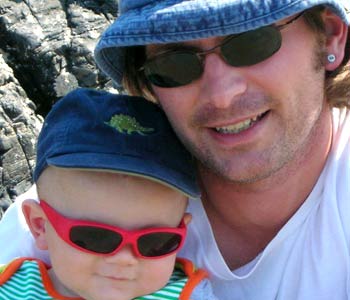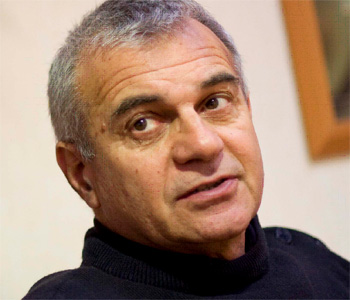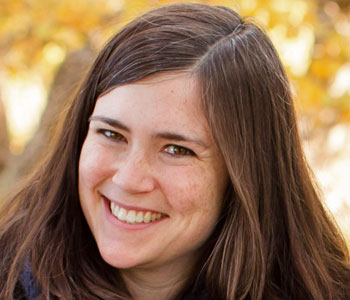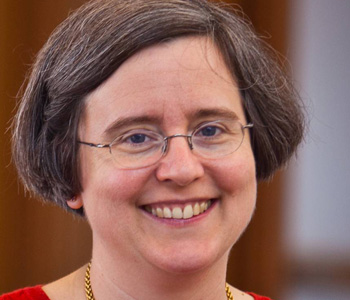Michael S. Roth
Memory, Trauma, and History: Essays on Living with the Past
Columbia University Press
336 pages, 6 x 9 inches
ISBN 978 0231145695
Memory, Trauma and History is comprised of essays that fall into five overlapping subject areas: history and memory; psychoanalysis and trauma; postmodernism, scholarship, and cultural politics; photography and representation; and liberal education. My concern in all of these areas is how people make sense of the past, a question that reverberates across the social sciences and the humanities.
In the first section I examine how doctors in France in the nineteenth century recognized pathologies of memory. What was their conception of a normal memory, and how did this figure in their diagnoses of abnormalities? These essays deal with the diseases of amnesia, split personality, nostalgia and hysteria.
Subsequent sections deal more with the theoretical approaches to normal and abnormal connections to the past. How does psychoanalysis change our relation to making meaning from memory? What do postmodernism and photography have to teach us about the politics and aesthetic choices we make in piecing together our histories? These are the kinds of issues that interest me in my exploration of particular thinkers and artists.
Memory Trauma and History intersects with the history of medicine, with trauma studies and psychoanalysis, with questions concerning postmodernism and politics, and with issues concerning photography and historical consciousness.
The final section of the book deals with contemporary conversations about liberal education, and with how a broad, pragmatic approach to learning relates to historical consciousness and an orientation toward the future.
The oldest essays in this book were first drafted at the end of the 1980s; the most recent ones in 2010.
Over these twenty or so years I have continued to pursue issues emerging from those that first drew me to academic work, issues that orbit around the question of how people make sense of the past.
Memory, Trauma and History contains work written for academic audiences as well as for more general ones. All of the essays are concerned with making meaning out of history and memory—a concern which I first (at least academically) began to pursue with a project on Sigmund Freud and politics in the late 1970s, and one on which I continue to write and teach.
An early version of that first project was my senior honors thesis at Wesleyan University, published almost a decade later as Psycho-Analysis as History: Negation and Freedom in Freud.
I returned to Wesleyan in 2007 to become its sixteenth president, and the most recent pieces in this collection were written after I’d assumed this position.
I am not sure if this counts as a “full circle,” but this professional homecoming is part of the context for Memory, Trauma and History.
I would hope that a casual reader would see the essays on hysteria and photography in the first section, and then the essays on photography and historical consciousness in the second half of the book. These link my concerns with the history of medicine with my interests in contemporary art practice. We make sense of the past in such diverse ways, and my book tries to create a context for these ways of making meaning.
At the close of the book’s introduction, I write the following about liberal education:
Education should help us have access to moods that open our eyes and ears. Education at its best teaches us to take the world’s sights and sounds to animate our own and perhaps someone else’s imagination. At its best, education develops the capacities for seeing possibilities in the world and for relishing the world around us across borders we might not have dared cross before. Education must lead us beyond these borders if it is to be more than training to assume a position that has already been allocated for us.
A reflexive, pragmatic education would enhance our capacities for freedom because it would help us to experience the world and understand ourselves without excessive dependence on unquestioned authority. There is no formula for determining how much dependence is appropriate, just as there are no firm criteria for determining how we should live with the past.
The liberal learning I envision helps us live with the past without being dominated by it, while opening the possibility of sharing our lives with others. This is education for freedom, at least the kind of freedom available to us when we acknowledge that we also live with the past.




We don't put paywalls. We don't distract you with ads. We don't sell your data.
Please help to keep this running!